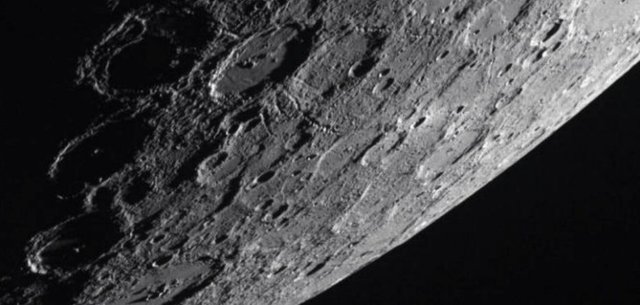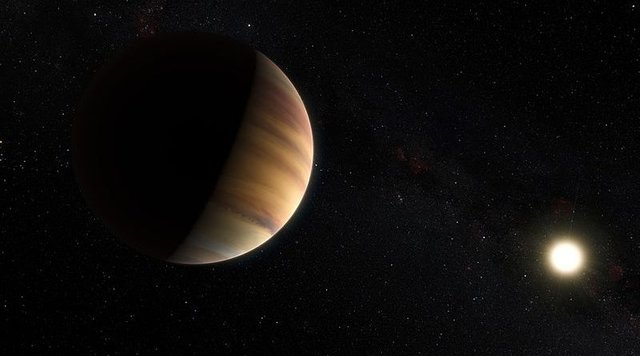RE: One Bit News - Technology - Issue 14
Based on physico-chemical measurements of the Mercury planet crust carried out by the NASA Messenger probe between 2011 and 2015, as well as on laboratory experiments at extreme temperatures aimed at restoring the conditions observed during crystallization. magmas, a team of geologists has managed to identify the mineralogy of the planet closest to the Sun. It is the University of Liege, in Belgium, which announced this in a statement published this Monday, December 19th, 2016.
In an experimental petrology laboratory set up at the University of Liège, Olivier Namur and Bernard Charlier, researchers at the F.R.S.-FNRS (Scientific Research Fund), succeeded in reconstituting samples of Mercury magmas. The planet, the least massive of the Solar System is one of the four telluric planets (mainly composed of rocks and metals) of our solar system with Venus, Earth and Mars.
In their study, published in the journal Nature Geoscience, the researchers explain having defined different regions in the northern hemisphere of Mercury, each characterized by a specific mineralogy. According to the University of Liège, this major discovery is the link between the age of these regions and the mineralogy of the lavas on their surface, which demonstrates the major role of the thermal evolution of Mercury on its volcanic history. Thus, their conclusions allow to better understand the mineralogy of Mercury and more generally the evolution of this planet.
On Mercury, the crust is of magmatic origin, resulting from the flow of lavas from the mantle between 4.2 and 3.5 billion years ago. This activity then experienced an early interruption 3.5 billion years ago, making Mercury the telluric planet that has cooled most rapidly in our Solar System.

In the same frame, the astronomers have detected the presence of water molecules in the atmosphere of the exoplanet 51 Pegasi b, a hot Jupiter located about 50 light-years from Earth in the constellation Pegasus.

Related to the history of commercial spacecraft, the Tianzhou-1 ("Heavenly Ship") vessel was propelled on april 2017 from the center of Hainan, an island in southern China, by a Long March 7 rocket and began its approach to the space laboratory Tiangong-2 ("Heavenly Palace").
This laboratory is supposed to pave the way for the planned deployment of an inhabited space station in 2022, when the International Space Station (ISS) has ceased to function. The cargo ship represents a "crucial step" in the construction of this Chinese station, said the official agency China New.

the information provided above is taken from some websites related to space and scientific research.
Due to the need for conquest of space for the search for vital needs, the spacecrafts of the future will be designed as research laboratories.